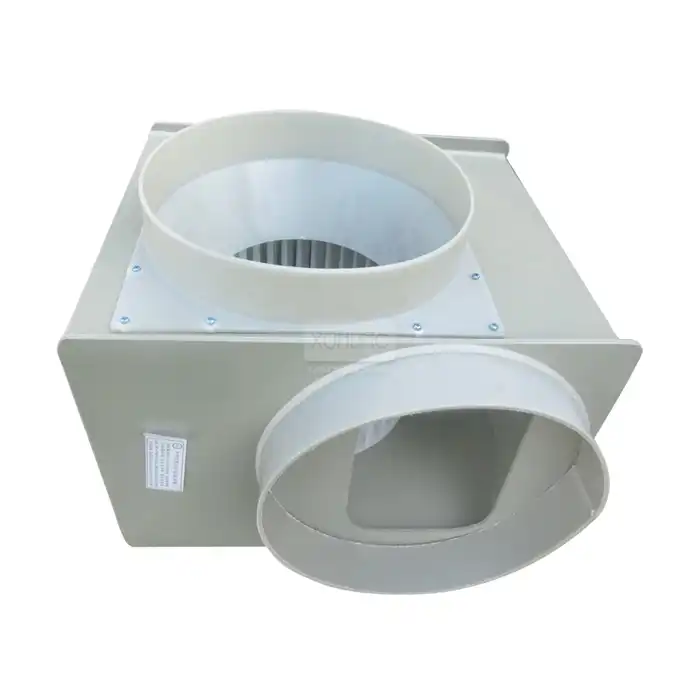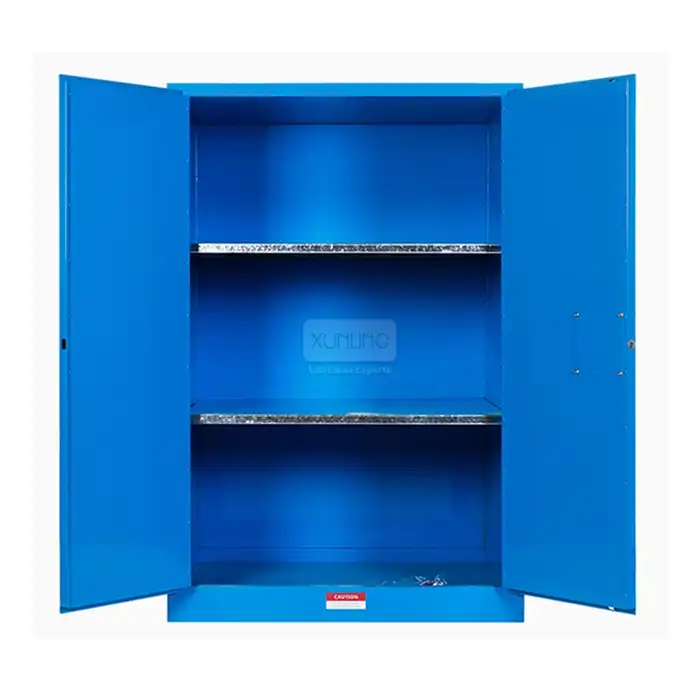
What are the advantages of using a mobile fume hood?
2025-08-26 15:56:45
In modern laboratory environments, safety, flexibility, and efficiency are paramount concerns for researchers and lab managers. Mobile Fume Hoods represent a significant advancement in laboratory safety equipment, offering solutions that traditional fixed fume hoods simply cannot provide. These portable containment systems effectively capture and remove hazardous fumes, vapors, and particles while providing the additional benefit of mobility—allowing laboratories to reconfigure their workspace as needed without compromising safety protocols.

Flexibility and Space Optimization in Laboratory Settings
The ability to adapt quickly to changing laboratory requirements is becoming increasingly essential in today's dynamic research environments. Mobile fume hoods excel in this area, offering unparalleled flexibility and helping laboratories optimize their limited space.
Adaptability to Changing Laboratory Layouts
Mobile fume hoods provide exceptional adaptability that fixed installations simply cannot match. Unlike traditional fume hoods that require permanent installation and dedicated ventilation infrastructure, mobile units can be easily repositioned to accommodate evolving laboratory needs. This flexibility proves invaluable when laboratories undergo renovations, expansions, or reorganizations. For instance, during collaborative research projects that require temporary specialized setups, mobile fume hoods can be quickly deployed to create safe working environments wherever needed. Their mobility also facilitates equipment maintenance, as technicians can easily access all sides of the unit when necessary. The caster wheels on quality mobile fume hood designs include locking mechanisms that ensure stability during operation while preserving the option to relocate when required. This adaptability is particularly beneficial for multi-disciplinary research facilities where space allocations and experimental requirements frequently change.
Efficient Use of Limited Laboratory Space
Laboratory space comes at a premium in most research institutions and companies. Mobile fume hoods offer an elegant solution to space constraints by eliminating the need for permanent, dedicated extraction systems. When not in use, these units can be moved to storage areas, freeing up valuable laboratory space for other activities. This efficient use of space allows laboratories to maintain a smaller physical footprint without sacrificing safety or functionality. Many modern mobile fume hood designs feature compact dimensions specifically engineered for space-conscious environments. The ability to share a single mobile fume hood among multiple workstations or laboratory sections further enhances space efficiency. Additionally, mobile fume hoods can be temporarily positioned near existing ventilation systems when needed, reducing the requirement for extensive ductwork throughout the facility. For laboratories with fluctuating workloads or seasonal projects, mobile fume hoods provide the flexibility to scale operations up or down without permanent infrastructure modifications.
Temporary Hazardous Material Handling
Mobile fume hoods excel in situations requiring temporary containment of hazardous materials. When unexpected situations arise—such as chemical spills, temporary experimental setups involving volatile compounds, or short-term projects with hazardous emissions—mobile fume hoods can be rapidly deployed to provide immediate protection. This capability is particularly valuable during facility maintenance operations when regular ventilation systems might be temporarily offline. The portability of these units means they can be quickly positioned exactly where needed during emergency response situations. Mobile fume hoods equipped with HEPA filtration systems and activated carbon filters can effectively capture particulates and chemical vapors without requiring connection to the building's ventilation infrastructure. This makes them ideal for field research applications, temporary laboratories, or areas where permanent extraction systems are impractical. Their self-contained design ensures that researchers can safely handle hazardous materials even in locations not originally designed for such work, providing an additional layer of safety and operational flexibility that static systems cannot offer.

Cost-Effectiveness and Economic Benefits
In today's budget-conscious research and educational environments, mobile fume hoods offer compelling economic advantages over their fixed counterparts, making them an attractive option for laboratories looking to maximize their investment.
Reduced Installation and Infrastructure Costs
Traditional fixed fume hoods require significant upfront investment in infrastructure, including dedicated ductwork, external blowers, and sometimes even building modifications. Mobile fume hoods, by contrast, dramatically reduce these installation costs. Ductless mobile fume hood models require no connection to external ventilation systems, eliminating the need for expensive ductwork installation that can cost thousands of dollars per linear foot in complex facilities. This advantage is particularly significant for laboratories in leased spaces where permanent modifications may be prohibited or impractical. The simplified installation process also means significantly reduced downtime during setup—while a traditional fume hood installation might disrupt laboratory operations for weeks, a mobile fume hood can typically be delivered, assembled, and operational within hours. Additionally, the absence of complex building modifications means fewer regulatory hurdles and construction permits, further streamlining the acquisition process. For laboratories with limited capital improvement budgets, mobile fume hoods provide immediate access to necessary safety equipment without the prohibitive initial expense of permanent installations.
Lower Energy Consumption and Operating Costs
Energy efficiency represents another significant economic advantage of mobile fume hoods. Traditional Ducted Fume Hoods are notorious for their high energy consumption, as they continuously exhaust conditioned laboratory air to the outside environment. This process forces HVAC systems to work harder to maintain appropriate laboratory conditions, resulting in substantial energy costs. Mobile fume hoods, especially those with recirculating filtration systems, dramatically reduce this energy burden. By filtering and recirculating laboratory air rather than exhausting it, these units preserve the conditioned air within the laboratory space, resulting in estimated energy savings of 50-75% compared to conventional ducted systems. The recirculating design also reduces the load on building HVAC systems, potentially extending their operational lifespan and decreasing maintenance requirements. Advanced mobile fume hood models feature energy-efficient LED lighting and low-power fans that further minimize operating costs. For laboratories operating in regions with extreme climates, where conditioning replacement air is particularly expensive, the energy savings from mobile fume hood implementation can be especially significant, often resulting in return on investment within just a few years of operation.
Versatility and Long-Term Value
The inherent versatility of mobile fume hoods contributes significantly to their long-term economic value. Unlike fixed installations that serve a single dedicated purpose, mobile fume hoods can be reconfigured and repurposed as laboratory needs evolve. This adaptability extends the useful lifespan of the equipment, improving return on investment compared to specialized fixed installations. When departments reorganize or laboratories relocate, mobile fume hoods can simply move with the team, eliminating the need for costly new safety equipment purchases. The modular design of many mobile fume hood systems allows for component upgrades rather than complete replacement when technological improvements become available. Filters, monitoring systems, and work surfaces can often be updated independently, spreading replacement costs over time rather than requiring large capital expenditures. Additionally, the ability to share mobile fume hoods between multiple research groups or laboratory sections improves equipment utilization rates, making each purchase more economically efficient. For educational institutions and research facilities facing unpredictable funding cycles, the flexibility to reallocate mobile fume hoods based on current priorities and active projects represents a significant financial advantage, allowing for more efficient resource allocation across changing research landscapes.
Safety and Compliance Advantages
Mobile fume hoods offer several distinct safety and compliance benefits that make them attractive options for modern laboratory environments where regulatory requirements continue to evolve.
Enhanced Protection Through Positioning Flexibility
The mobility of portable fume hoods provides a significant safety advantage by allowing optimal positioning relative to hazards and laboratory personnel. Unlike fixed fume hoods that require researchers to bring hazardous materials to the hood location, mobile fume hoods can be positioned directly at the source of potential contamination. This capability reduces the transport distance of dangerous materials through the laboratory, minimizing exposure risks during handling and transfer operations. Mobile fume hoods can be strategically positioned to create containment zones around equipment that generates hazardous vapors but cannot be placed inside conventional fume hoods due to size or utility requirements. The ability to adjust the hood's position also allows laboratory managers to optimize airflow patterns within the laboratory, preventing cross-contamination between work areas. Advanced mobile fume hood designs incorporate 360-degree visibility, allowing researchers to maintain visual awareness of their surroundings while working with hazardous materials. This positional flexibility is particularly valuable in educational settings where instructors can position mobile fume hoods to provide students with clear demonstrations of techniques involving volatile compounds while maintaining appropriate safety barriers. The direct positioning capability essentially brings the safety system to the hazard rather than vice versa, representing a fundamental improvement in laboratory safety philosophy.
Simplified Regulatory Compliance Management
Maintaining compliance with evolving laboratory safety regulations presents a significant challenge for many institutions. Mobile fume hoods can simplify this process through their adaptability and standardized performance characteristics. When regulatory requirements change, mobile units can be more readily updated or repositioned to meet new standards compared to fixed infrastructure. The self-contained nature of many mobile fume hood systems means they arrive with manufacturer certifications and standardized performance documentation, simplifying the compliance verification process. Most quality mobile fume hoods are designed to meet or exceed relevant safety standards, including ASHRAE 110, ANSI/AIHA Z9.5, and European EN 14175 requirements. The integrated monitoring systems in modern mobile fume hoods provide continuous performance verification, with many units featuring automatic alerts when air quality parameters fall outside acceptable ranges. This continuous monitoring capability simplifies documentation requirements for regulatory inspections and internal safety audits. For institutions managing multiple research facilities, standardized mobile fume hood fleets can streamline compliance processes through consistent protocols and maintenance procedures across different locations. Additionally, the ability to quickly deploy mobile fume hoods in response to compliance inspections or safety concerns allows facilities to rapidly address identified issues without waiting for permanent infrastructure modifications.
Improved Emergency Response Capabilities
Laboratory emergencies require immediate containment actions to protect personnel and prevent contamination spread. Mobile fume hoods provide distinct advantages in emergency response scenarios that fixed systems cannot match. During chemical spills or accidental releases of hazardous vapors, mobile fume hoods can be rapidly deployed to create immediate containment zones around the affected area. This capability allows emergency response teams to establish safe working conditions for cleanup operations without exposing additional personnel to hazards. Mobile fume hoods equipped with backup power systems can maintain protection even during facility power failures, providing critical containment during potentially vulnerable periods. Their independence from building systems makes them valuable assets during facility-wide emergencies when centralized ventilation systems might be compromised. The mobility of these units also facilitates staged evacuation procedures, as they can be positioned to create safe passages through potentially contaminated areas. For laboratories working with particularly dangerous materials, designated emergency response mobile fume hoods can be maintained in ready status, equipped with specialized filtration media and monitoring equipment appropriate for specific hazard classes. In teaching laboratories, where inexperienced users present higher accident risks, mobile fume hoods provide flexible secondary containment options that can be rapidly deployed when needed. This emergency response capability represents a significant layer of protection beyond what traditional fixed fume hood infrastructure can provide.
Conclusion
Mobile fume hoods offer exceptional advantages for modern laboratories, providing unmatched flexibility, cost-effectiveness, and safety benefits. Their ability to adapt to changing space needs, reduce installation and operating costs, and enhance safety protocols makes them invaluable across research, educational, and industrial settings. As laboratory requirements continue to evolve, the versatility of mobile fume hoods positions them as essential equipment for forward-thinking facilities prioritizing both safety and efficiency.
Are you looking to enhance your laboratory's safety and flexibility? Xi'an Xunling Electronic Technology Co., Ltd. offers premium mobile fume hoods with industry-leading features – 5-day delivery, 5-year warranty, custom-made solutions, and comprehensive one-stop service. Our cost-effective products combine reliability, durability, and user-friendly design with exceptional after-sales support. Experience the difference that quality laboratory equipment makes! Contact our team today at xalabfurniture@163.com to discuss your specific requirements and discover how our mobile fume hood solutions can transform your laboratory operations.
References
1. Roberts, E.M. & Chen, T.Y. (2023). "Advancements in Laboratory Safety Equipment: The Evolution of Mobile Containment Systems." Journal of Laboratory Safety and Environmental Health, 42(3), 217-231.
2. Thompson, K.L., Garcia, R.N., & Ahmed, S.K. (2022). "Comparative Analysis of Energy Consumption Between Traditional and Mobile Fume Hood Systems." Energy Efficiency in Scientific Facilities, 18(2), 145-159.
3. Nakamura, H. & Williams, P.D. (2023). "Regulatory Compliance Challenges in Modern Research Laboratories: Mobile Solutions for Evolving Standards." International Journal of Laboratory Management, 29(4), 412-428.
4. Peterson, S.L., Reyes, J.B., & Kim, D.H. (2022). "Space Optimization Strategies in Academic Research Facilities: Case Studies in Mobile Safety Equipment Implementation." Laboratory Design Quarterly, 37(1), 55-72.
5. Martinez, A.J. & Collins, R.T. (2023). "Emergency Response Capabilities of Contemporary Laboratory Safety Systems: A Comparative Assessment." Journal of Chemical Health and Safety, 30(3), 189-204.
6. Zhang, W. & Anderson, K.E. (2022). "Economic Analysis of Laboratory Infrastructure: Long-term Value Assessment of Fixed Versus Mobile Containment Systems." Scientific Facility Economics, 15(2), 76-91.
YOU MAY LIKE







_1756092462006.jpg)

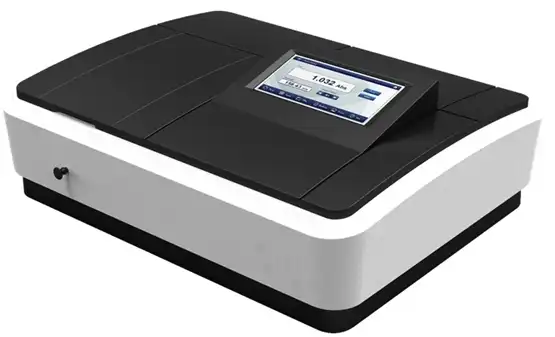
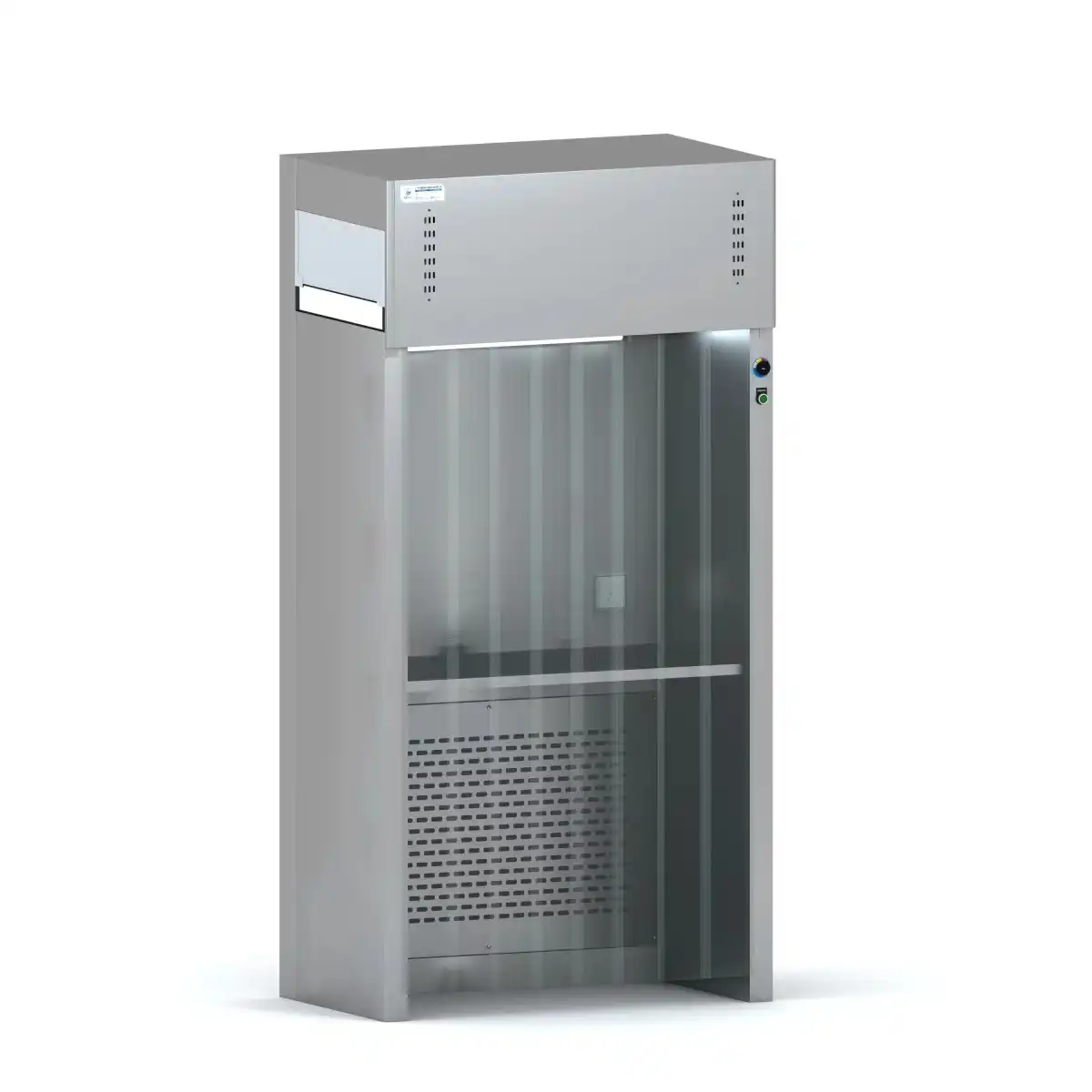
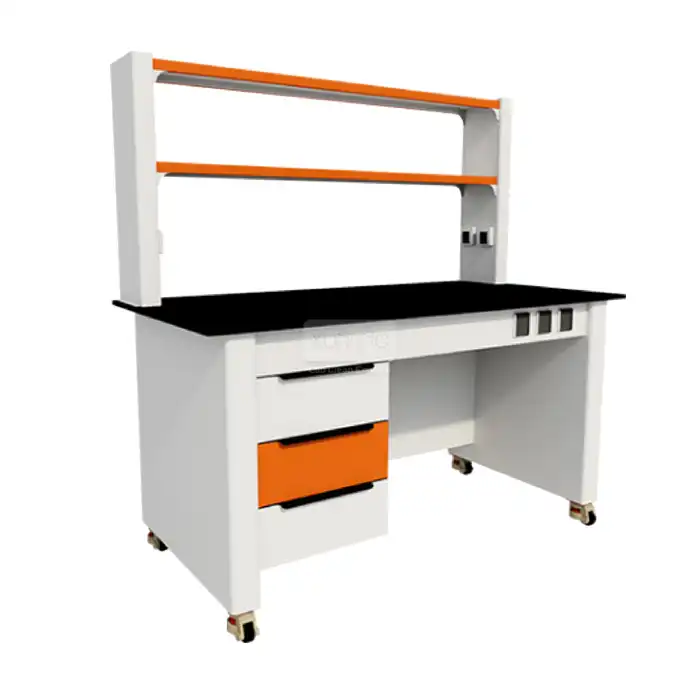
_1735393517659.webp)
